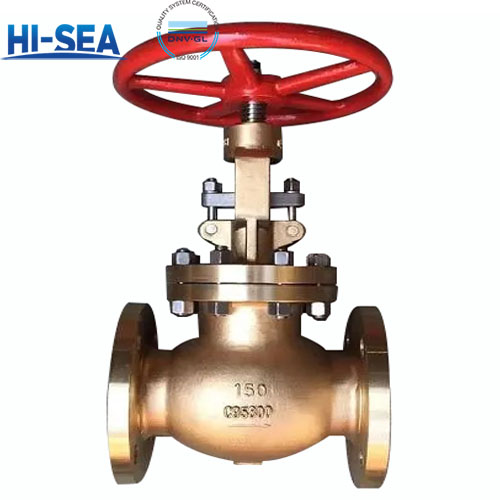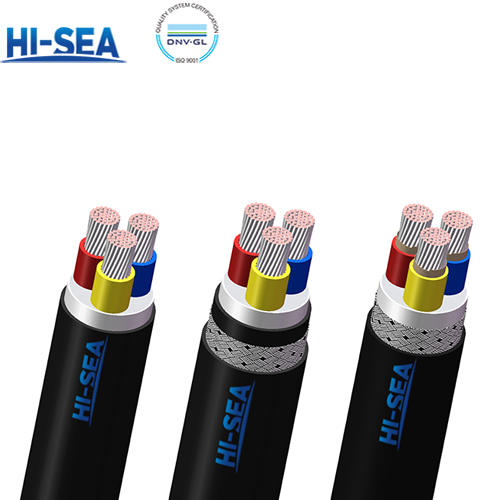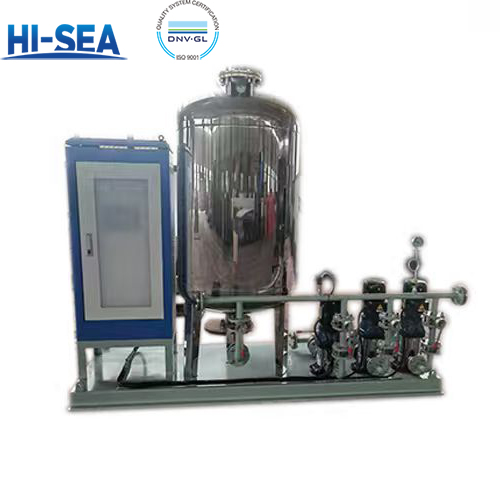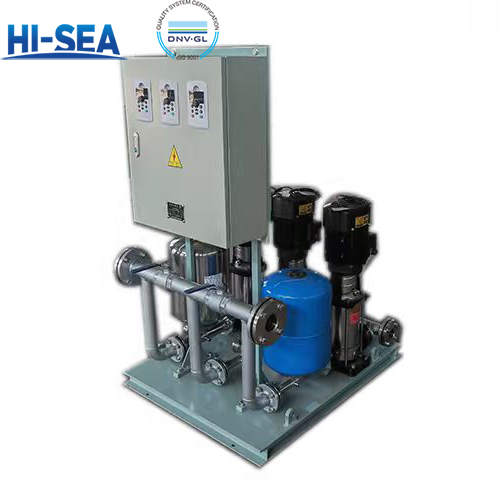
How to Choose Marine Globe Valve
Determine the specific application of the globe valve onboard your vessel. Consider factors such as the type of fluid (e.g., water, fuel, oil), pressure, temperature, flow rate, and whether the valve will be used for on/off or throttling control.
Overview
Material Selection:
Choose materials that can withstand the harsh marine environment, including corrosion from saltwater and resistance to extreme temperatures. Common materials for marine globe valves include bronze, brass, stainless steel, and other corrosion-resistant alloys.
Valve Size and Pressure Rating:
Select the appropriate valve size and pressure rating based on the flow requirements and operating pressure of your system. Ensure that the valve's specifications meet or exceed the requirements of your marine application.
End Connections:
Consider the type of end connections required for your piping system. Marine globe valves typically come with threaded, flanged, or welded end connections. Choose the one that is compatible with your piping configuration and installation requirements.
Valve Design and Construction:
Evaluate the design and construction of the globe valve to ensure durability and reliability. Look for features such as a sturdy body construction, robust stem design, and reliable sealing mechanism to prevent leaks and ensure long-term performance.





